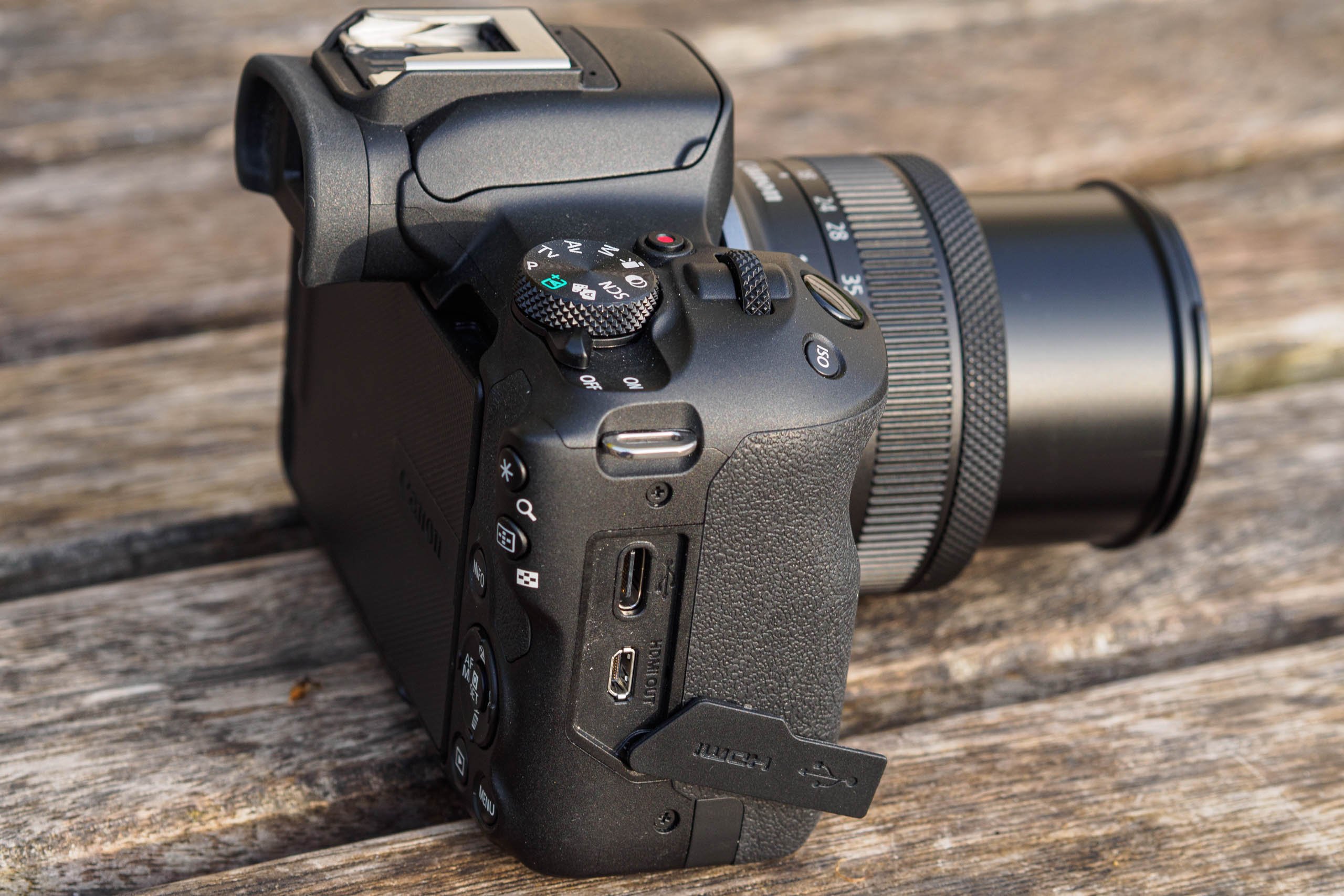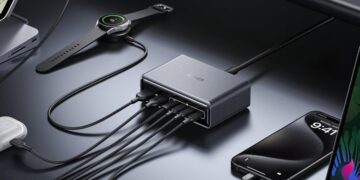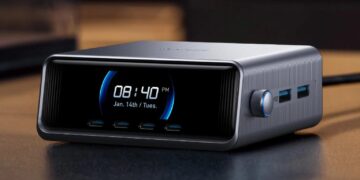Canon EOS R50: The Perfect Entry Point to Canon’s Mirrorless World?

The Canon EOS R50 arrives at a crucial juncture for aspiring photographers and videographers. Bridging the gap between smartphone snapshots and professional-grade imagery, it promises a compelling entry point into Canon’s acclaimed EOS R mirrorless system. But does this compact and affordable camera deliver on that promise, or are compromises too significant for discerning creators? Let’s dive in.
The R50 inherits much of its core technology from its more expensive siblings. The 24.2MP APS-C sensor produces images with excellent detail and dynamic range, especially when shooting in RAW. Image quality is a clear step up from most smartphones, allowing for larger prints and more extensive post-processing. Low-light performance is respectable, though noise becomes noticeable at higher ISO settings. The DIGIC X processor ensures snappy performance, powering the camera’s responsive autofocus and continuous shooting capabilities.
Autofocus is a highlight, thanks to Canon’s Dual Pixel CMOS AF II system. Eye-detection is remarkably accurate, locking onto subjects quickly and tenaciously, making it ideal for portraits and capturing fast-moving action. The system excels in both photo and video modes, adding to the camera’s versatility. Continuous shooting at up to 12fps with the electronic shutter allows you to capture fleeting moments, though rolling shutter can be an issue in certain situations.

The R50’s design emphasizes portability and ease of use. It’s incredibly lightweight and compact, making it comfortable to carry around all day. The vari-angle touchscreen is a welcome addition, providing flexibility for shooting from various angles and making it simple to navigate the menus. The user interface is intuitive, especially for beginners, though seasoned users might find it somewhat simplified. The build quality, while not as robust as higher-end models, feels surprisingly solid for its price point. The plastic construction does not exude a premium feel, but it appears to be durable enough for everyday use.

Video capabilities are impressive for an entry-level camera. The R50 can record 4K UHD video at up to 30fps, with oversampled footage for enhanced detail. Canon Log 3 is available for more advanced color grading. However, there’s a noticeable crop when recording 4K, which limits the wide-angle options. The lack of in-body image stabilization (IBIS) means you’ll need lenses with optical image stabilization or rely on digital stabilization, which further crops the frame.
The value proposition is compelling, but not without caveats. The R50 offers a significant upgrade over smartphone photography and provides access to Canon’s extensive RF lens ecosystem. However, the kit lens, while decent, is not the most inspiring. Investing in better glass will unlock the camera’s full potential, but that also increases the overall cost. For those prioritizing video, the 4K crop and lack of IBIS are important considerations.
Where to Buy:

Canon EOS R50 Quick Summary
Key Scores:
- Value: 90%
- Design: 88%
- Performance: 89%
- Quality: 90%
- Popularity: 91%
Top Pros
- ✅ Autofocus is exceptionally accurate and reliable across various shooting scenarios.
- ✅ Image quality provides a significant step up from smartphone cameras.
- ✅ The vari-angle touchscreen enhances usability for vlogging and creative angles.
Key Cons
- ❌ The 4K video recording suffers from a significant crop factor.
- ❌ In-body image stabilization is absent, requiring stabilized lenses.
- ❌ The kit lens performance leaves something to be desired.
- …























